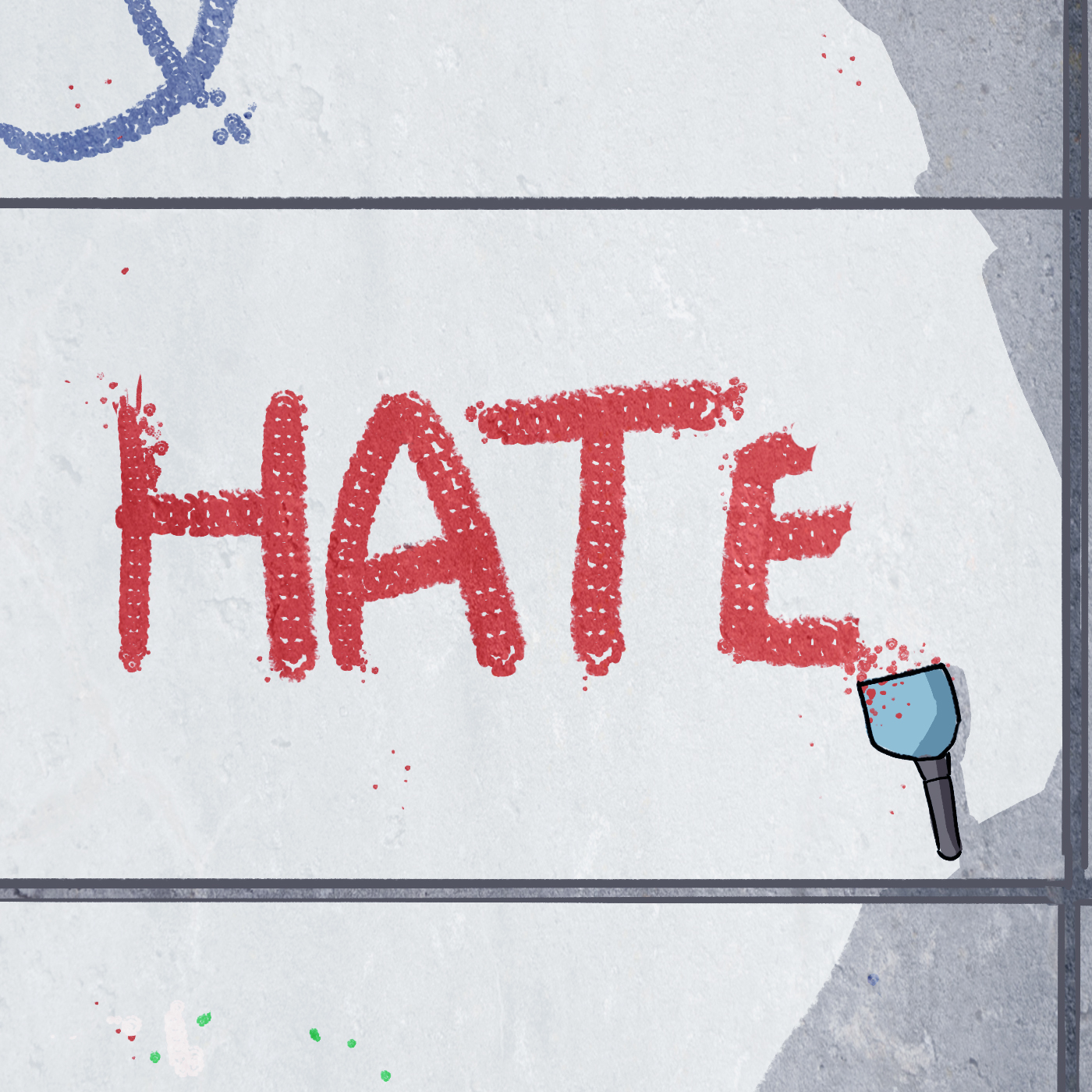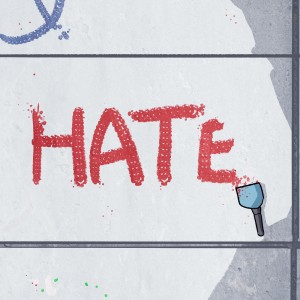Racism still prevalent in Waterloo

City combats discrimination of minority residents through community and campus initiatives

Out of the approximately 97,100 residents in the city of Waterloo, 19,830 are visible minorities, according to the 2011 National Household Survey by Statistics Canada. Despite Canada being known for its multiculturalism and diversity, racism and discrimination are still present among the population.
According to Trudy Beaulne, executive director of the Social Planning Council of Kitchener-Waterloo, a study was conducted in 2008-2009 that indicates K-W has the largest number of hate crimes compared to other places across the country. Most of these hate crimes derive from racism.
Beaulne explained how most of these hate crimes were targeted towards people of the Jewish faith, Aboriginal and Muslim peoples, along with a variety of other differing cultural backgrounds.
“I think it is with us,” she said, referring to the presence of racism in the city “I think it is alive and well. I think it is very insidious.”
She described how most people will experience some form of racism in their everyday lives that influences how they view the world around them.
“Racism and racist behaviour affects everybody,” she explained.
The Diversity and Equity Office at Wilfrid Laurier University helps students and faculty members to combat racism that may be experienced on campus. The student groups that help promote equity on campus are the Centre for Women and Trans People, the Rainbow Centre, the Association of Black Students and the Multi-Faith Resource Team, all of which are student-led groups aside from the latter.
According to Laura Mae Lindo, director at the DEO at Laurier, initiatives change from year to year. This year the DEO is offering a diversity certificate for anyone who goes to peer-to-peer diversity workshops on campus.
“We have been focused a lot in the DEO on gendered violence and sexual assault, and sort of the intersectionality of all of that. But one of the next steps we wanted to sort of work with was anti-racism sort of in the larger community,” she said.
There have also been incidents where students may face equity issues within the classroom either among peers or with their professors.
The DEO also invites new faculty members to participate in a set of workshops that demonstrates possible incidents that may occur in the classroom. Mae Lindo states that sometimes these incidents are not done on purpose.
“It is not necessarily that you have done anything wrong, but sometimes you are so shocked, you are kind of paralyzed … I have had some faculty members come to me and ask to review curriculum documents and course outlines,” she said.
Despite there being some incidents, Lindo said that the Laurier community is relatively proactive in ensuring diversity and equity amongst the university community.
Cross Cultures Magazine, the Coalition of Muslim Women and other First Nations initiatives are just a couple of endeavours that work to help combat racism on a grander scale.
“We want it to be fair. We want it to be healthy. We want it be resilient,” Beaulne concluded.

